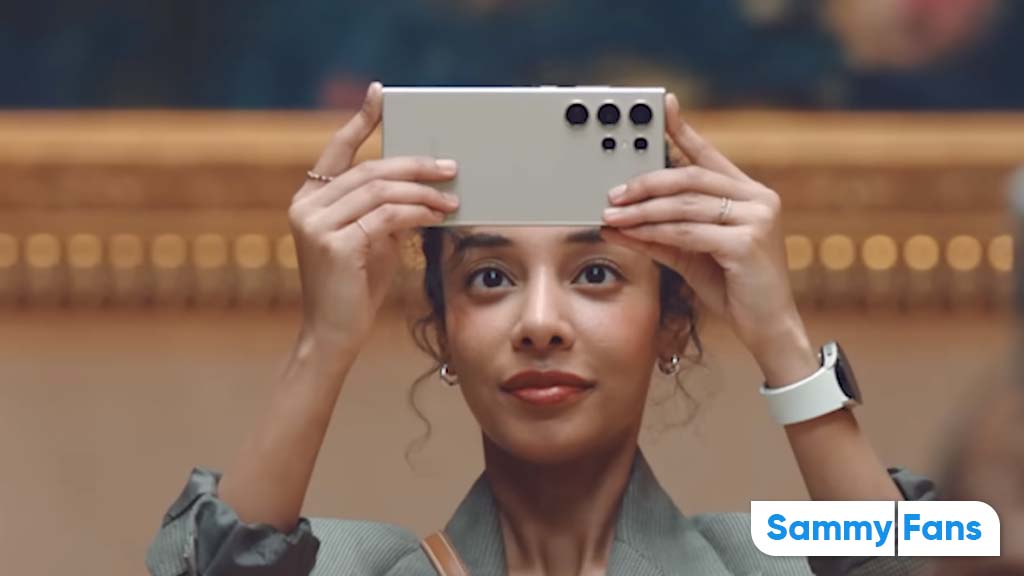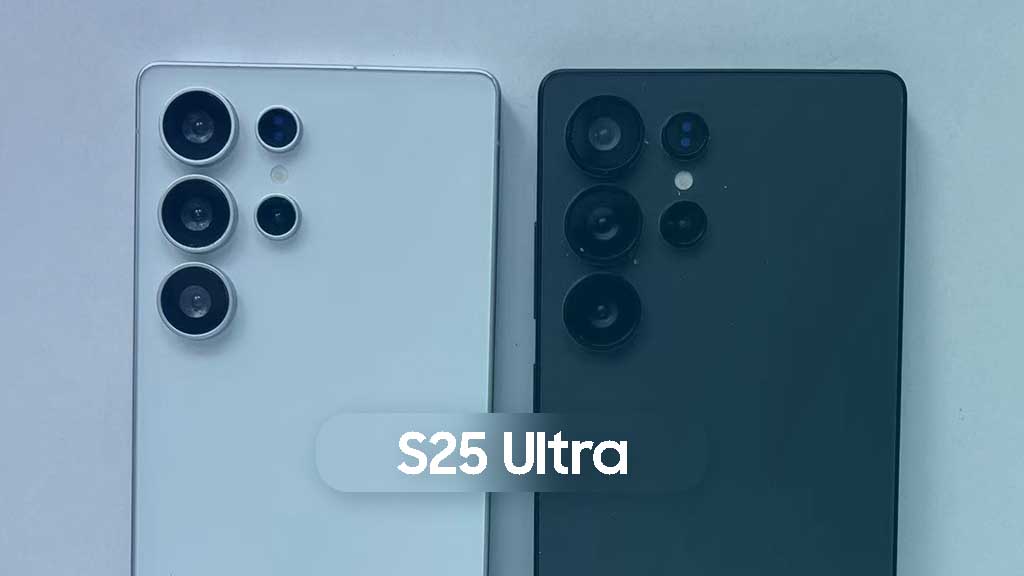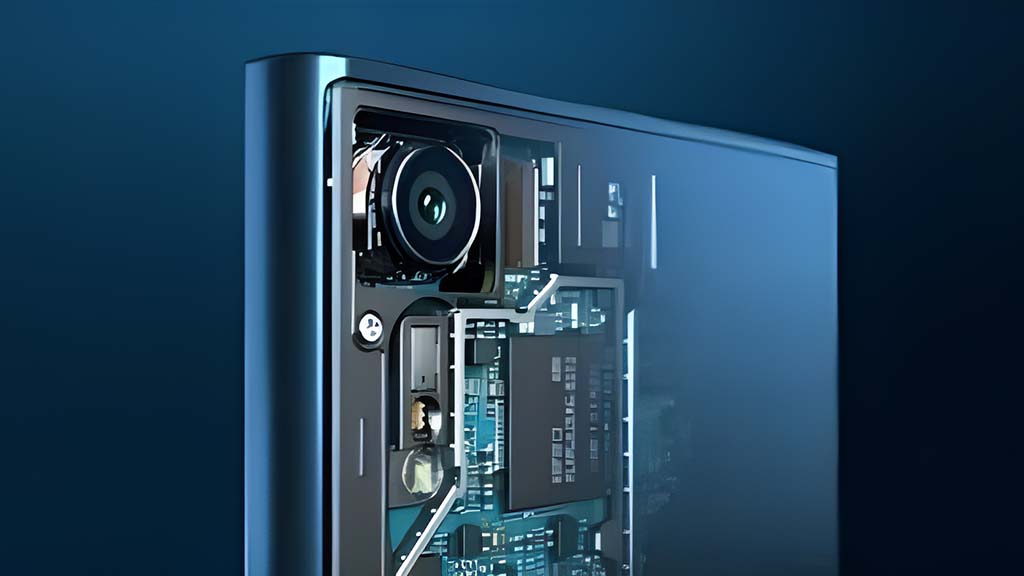Phones
Xiaomi 14 Ultra 5x camera sensor smashes Samsung Galaxy S24 Ultra

In January 2024, Samsung launched the Galaxy S24 series with cutting-edge features, and so far, there was no phone available that could compete with the Ultra model of this newly launched lineup. But now Xiaomi 14 Ultra has arrived to smash the Samsung Galaxy S24 Ultra with the 5x camera sensor.
As per the information of Ice Universe, Xiaomi 14 Ultra, and Samsung Galaxy S24 Ultra have 5x sensors with the same specifications, the former is IMX858, and the latter is IMX854, with specifications of 50mp 0.7μm. But when he compared the results, Samsung lagged behind the Chinese tech giant.
The tipster further states that the gap in software algorithms is too big, but Samsung now needs to admit that it has fallen behind and the times have changed. The shots that have been shared, show a big difference, Xiaomi has a much brighter aperture, while, Galaxy S24 Ultra image colors look washed out.
Follow our socials → Google News | Telegram | X/Twitter | Facebook | WhatsApp
Therefore, the Leica-powered 50-megapixel quad camera setup seems superior to every other camera phone in the market. Along with Leica’s tuning, Xiaomi promises excellent photos and videos from its combination of a 50MP Sony LYT 900 image sensor (with variable aperture lens).
There is also a 50MP ultrawide camera, a 50MP portrait camera (with 3.2X optical zoom), and a 50MP telephoto camera (with 5x optical zoom). Did you like the Xiaomi 14 Ultra’s 5x camera sensor take on the Samsung Galaxy S24 Ultra? Or do you still vote for the latest Galaxy models being a real fan of Samsung, let us know your feedback in the comments section.
Xiaomi 14 Ultra and Samsung S24 Ultra have 5x sensors with the same specifications, the former is IMX858, and the latter is IMX854, with specifications of 50mp 0.7μm
However, the gap in software algorithms is too big. Samsung needs to admit that it has fallen behind and the times… pic.twitter.com/tDXfp7A62T— ICE UNIVERSE (@UniverseIce) February 27, 2024
Phones
Samsung Galaxy S25: Full phone specifications and price

Samsung Galaxy S25 will launch in early 2025 with new specifications including an improved display, new display, optimized battery life, new software features, and more. This standard Galaxy S25 offers different capabilities including the following.
Samsung Galaxy S25 Specifications
Design | Frame - Aluminum Frame Front and Rear - Corning Gorilla Glass Victus 2 IP Rating - IP68 |
Dimensions | Height - 70.6mm Width - 147mm Depth - 7.6mm Weight - 168g (mmWave) / 167g (Sub6) |
Software | Android - 15 One UI - One UI 7 Future upgrades - 7 generations of OS upgrades and security updates |
Display | Size - 156.4mm (6.2" full rectangle) / 152.3mm (6.0" rounded corners) PPI - 418 PPI Resolution - 2340 x 1080 (FHD+) Panel - Dynamic AMOLED 2X Refresh rate - 1-120 Hz |
Chipset | Qualcomm Snapdragon 8 Elite for Galaxy (3nm) Qualcomm Oryon CPU Qualcomm Hexagon NPU Snapdragon X80 Modem-RF System Adreno GPU |
Memory | 8GB, 12GB RAM 128GB, 256GB, 512GB storage |
Rear Camera | Wide - 50 MP OIS F1.8, Adaptive Pixel, Optical Quality 2x Ultra Wide - 12 MP F2.2 Telephoto - 50 MP OIS F2.4 Flash - Yes Video - 8K at 30fps, 4k at 30/60fps Auto Focus, Optical Image Stabilization (OIS), |
Front Camera | 12MP Front Camera (F2.2, FOV 80-degree) |
Network | 2G GSM - GSM850, GSM900, DCS1800, PCS1900 3G - B1(2100), B2(1900), B4(AWS), B5(850), B8(900) 4G FDD LTE - B1(2100), B2(1900), B3(1800), B4(AWS), B5(850), B7(2600), B8(900), B12(700), B13(700), B14(700), B18(800), B19(800), B20(800), B25(1900), B26(850), B28(700), B29(700), B30(2300), B66(AWS-3), B71(600) 4G TDD LTE - B38(2600), B39(1900), B40(2300), B41(2500), B48(3600) SIM Slot Type - SIM 1 + eSIM / Dual eSIM 5G FDD Sub6 - N1(2100), N7(2600), N25(1900), N28(700), N66(AWS-3), N71(600) 5G TDD Sub6 - N257(28GHz), N258(26GHz), N260(39GHz), N261(28GHz) 5G TDD mmWave - N41(2500), N78(3500) |
Connectivity | Wi-Fi - Wi-Fi 7 USB - 3.2 Bluetooth - v6 Location Technology - GPS, Glonass, Beidou, Galileo Wi-Fi Direct - Yes NFC - Yes PC Sync - Smart Switch USB Interface - Type-C |
Battery | 4000mAh (supports 25W charging) |
Audio | Supported Formats - MP3, M4A, 3GA, AAC, OGG, OGA, WAV, AMR, AWB, FLAC, MID, MIDI, XMF, MXMF, IMY, RTTTL, RTX, OTA, DFF, DSF, APE |
Video | Supported Formats - MP4, M4V, 3GP, 3G2, AVI, FLV, MKV, WEBM Video Playback Resolution - up to UHD 8K at 60fps |
Colors | Moon Night Blue, Silver Shadow, Sparkling Blue, Sparkling Green, Coral Red, Pink Gold, Blue/Black |

Samsung Galaxy S25 CAD Render (Source – Androidheadlines)
Disclaimer: These Samsung Galaxy S25 specifications are gathered from leaks, rumors, and previous flagships. However, none of these cannot be confirmed as 100% accurate.
Samsung Galaxy S25 Price
Samsung Galaxy S25 5G should start at $800 in the United States. The price leaks and rumors aren’t out yet. However, the industry speculates a slight increase due to Qualcomm’s pricey 3nm Snapdragon 8 Elite processor.
Samsung Galaxy S25 Release Date
The Galaxy S25 series could be announced early next year. The company officially confirmed at its earnings call that the new Galaxy S will be released in the second half. You can expect the new flagships to be available by February 2025.
Phones
Galaxy S25 Ultra dummy reveals Samsung’s bold flagship redesign

Galaxy S25 Ultra dummy leak reveals the nearly final design of Samsung’s next big flagship. After CAD renders, we now have a closer look at the refined new design of the Ultra flagship, which will give sleepless nights to Apple.
Onleaks posted a set of Galaxy S25 Ultra dummy models. The flagship can be seen with its refined design, which makes the corner slightly rounded. The Z Fold6-inspired camera rings also elevate the rear panel’s appearance, making it appealing.
There are three major changes in the body design of Samsung’s next Ultra flagship. The first is the frame, which is getting flatter like the iPhone. Second is rounded corners, that are not that rounded like S24/S25, and third is textured camera rings.
Notably, the dummy units don’t show a close look at the bezels. However, this aspect is expected to be improved over the previous generations. Minimal symmetrical bezels will present an appealing look on the phone’s front side.
The Galaxy S25 Ultra is slimmer than the Galaxy S24 Ultra. The S Pen compartment resists on the frame’s bottom, accompanied by the primary microphone, USB C-Type port, speaker grille, and SIM card tray.
The right side of the frame features volume adjustment buttons and a side key. The power button can be configured to trigger a digital assistant. The fingerprint scanner will be featured as an in-screen solution with faster and more reliable recognition.
Samsung is expected to unveil the Galaxy S25 series in late January next year.
Phones
Samsung dreams new camera with longer battery, less noise

A new patent suggests Samsung working on next-gen camera tech that could save battery and crush lens process noise. The company has recently unveiled the All Lenses on Prism telephoto solution for thinner and sleeker zoom cameras.
Since smartphone camera modules get more advanced, a lot of processing power is required to finish the tasks. That said, Samsung is crafting even more advanced camera modules that save battery and reduce noise.
Enter Samsung’s new patent, which introduces a power-saving sub-processor. This clever little chip would handle all the extra camera tasks—like reducing noise from the OIS lens movements and managing the EIS algorithms.
It will reduce the burden of the main processor so it can focus on the actual photo-taking. At the time your device is in a sleep or power-saving state, the sub-processor keeps running quietly in the background, consuming minimal power.
If the technology is used, you will have less noise in camera operations, smoother performance, and better battery life. At the same time, you won’t lose your favorite camera features, but your smartphone will last longer between charges.
A look ahead
The development shows Samsung’s innovative approach. Other than upgrading camera sensors, the company is also working on improvements to the technology that works behind the scenes and makes a great impact on performance and efficiency.
Samsung often registers new patent applications to secure designs and innovations. However, it’s uncertain that a patented technology would surely be commercialized. Tech firms have thousands of approved patents that never get produced.




















